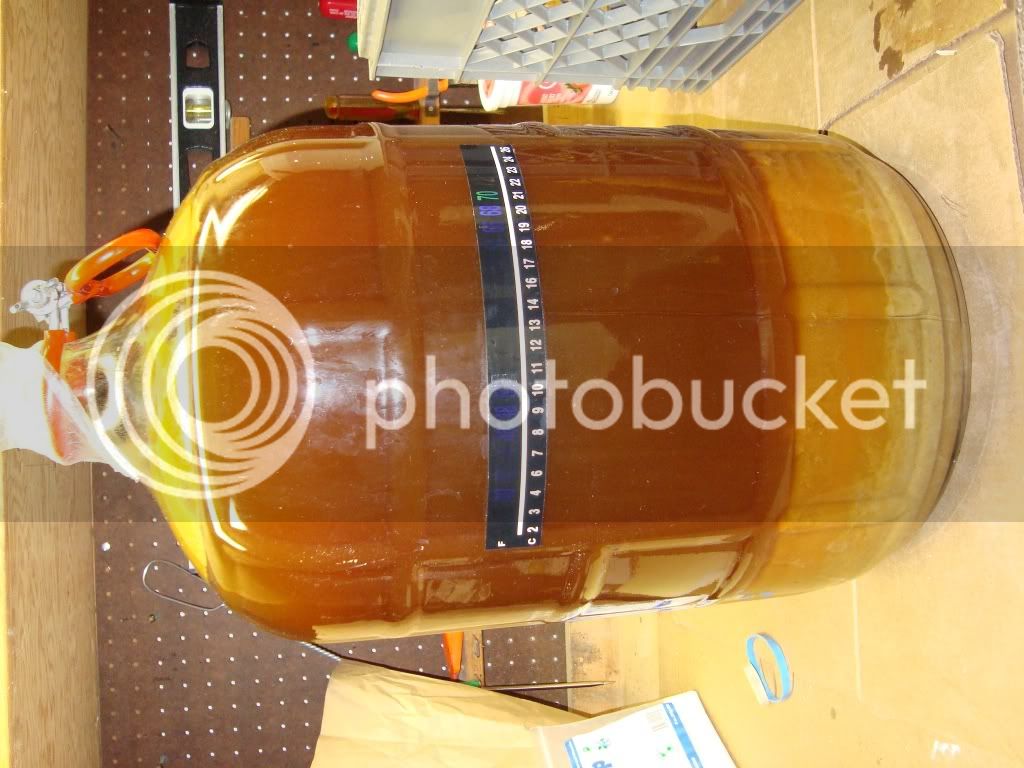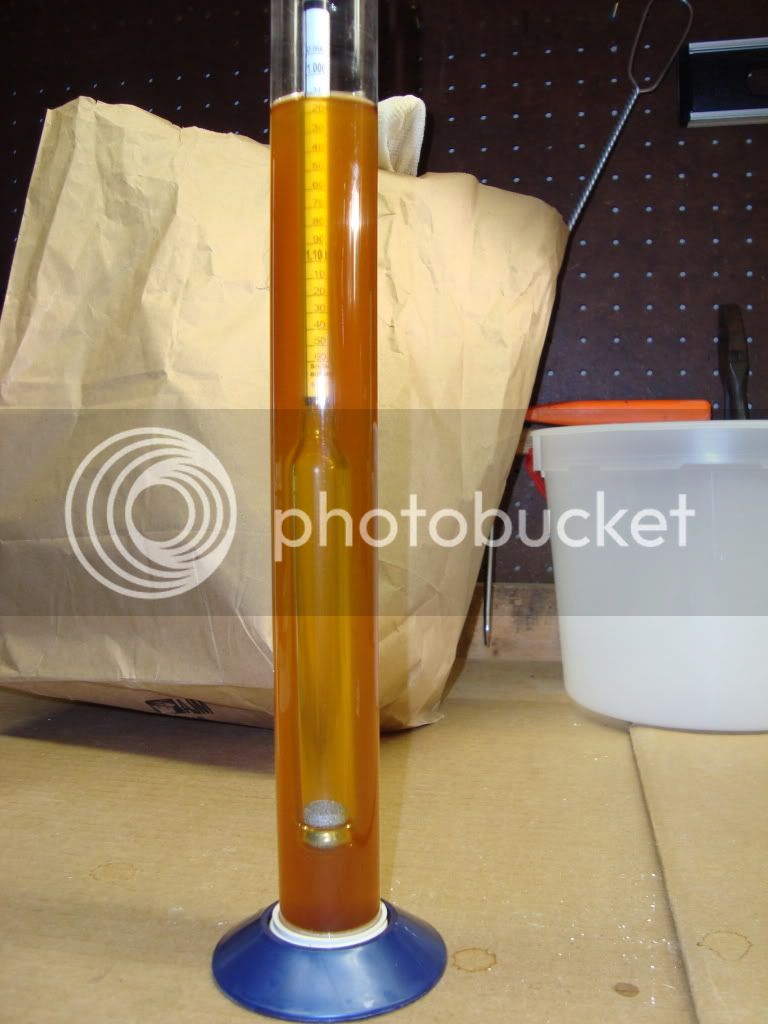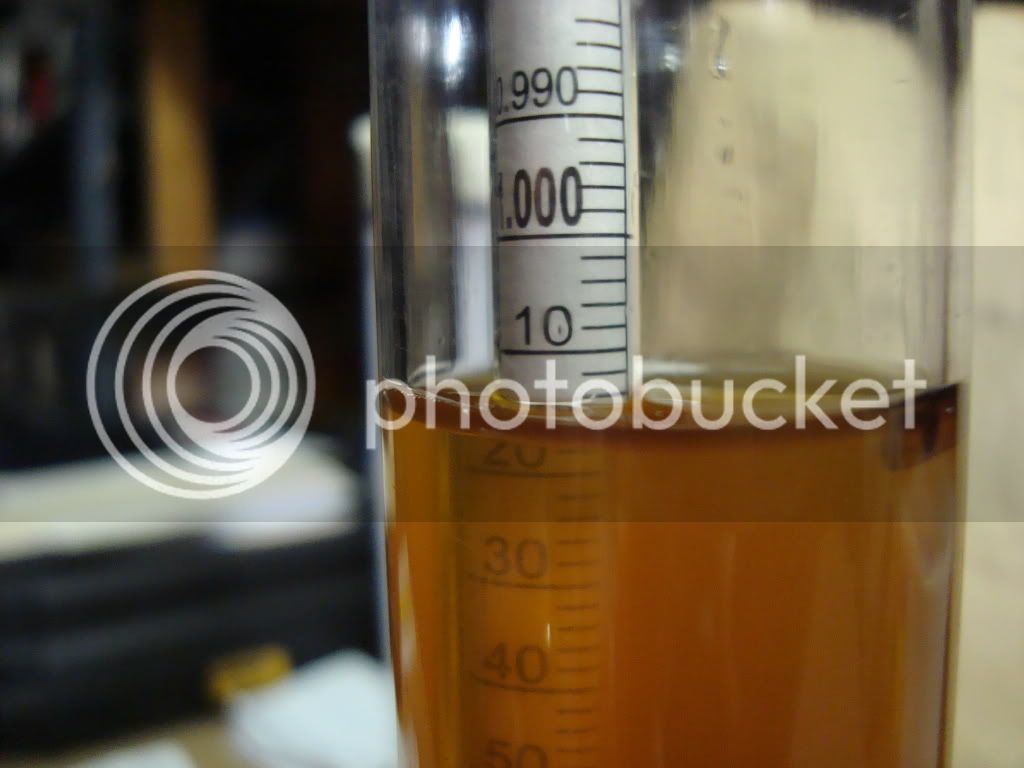Ok, this is only my third batch of beer.
I made a spiced pumpkin ale and pitch a White Labs Yeast (WLP002). Problem is I pitched it kind of hot, around 80 to 81 degrees F I think (my thermometer may not be working properly).
Anyway, I know it is ok because it is fermenting like it is suppose to and starting to go heavy at about the 24 hour mark. The temp on the carboy still reads 72 degrees however. So my question is what will fermenting at this high of temperature do to the beer if anything? Will it be an ale or something different?
My first batch was a porter and an amber that fermented at a steady 68 degrees the whole time.
I made a spiced pumpkin ale and pitch a White Labs Yeast (WLP002). Problem is I pitched it kind of hot, around 80 to 81 degrees F I think (my thermometer may not be working properly).
Anyway, I know it is ok because it is fermenting like it is suppose to and starting to go heavy at about the 24 hour mark. The temp on the carboy still reads 72 degrees however. So my question is what will fermenting at this high of temperature do to the beer if anything? Will it be an ale or something different?
My first batch was a porter and an amber that fermented at a steady 68 degrees the whole time.







